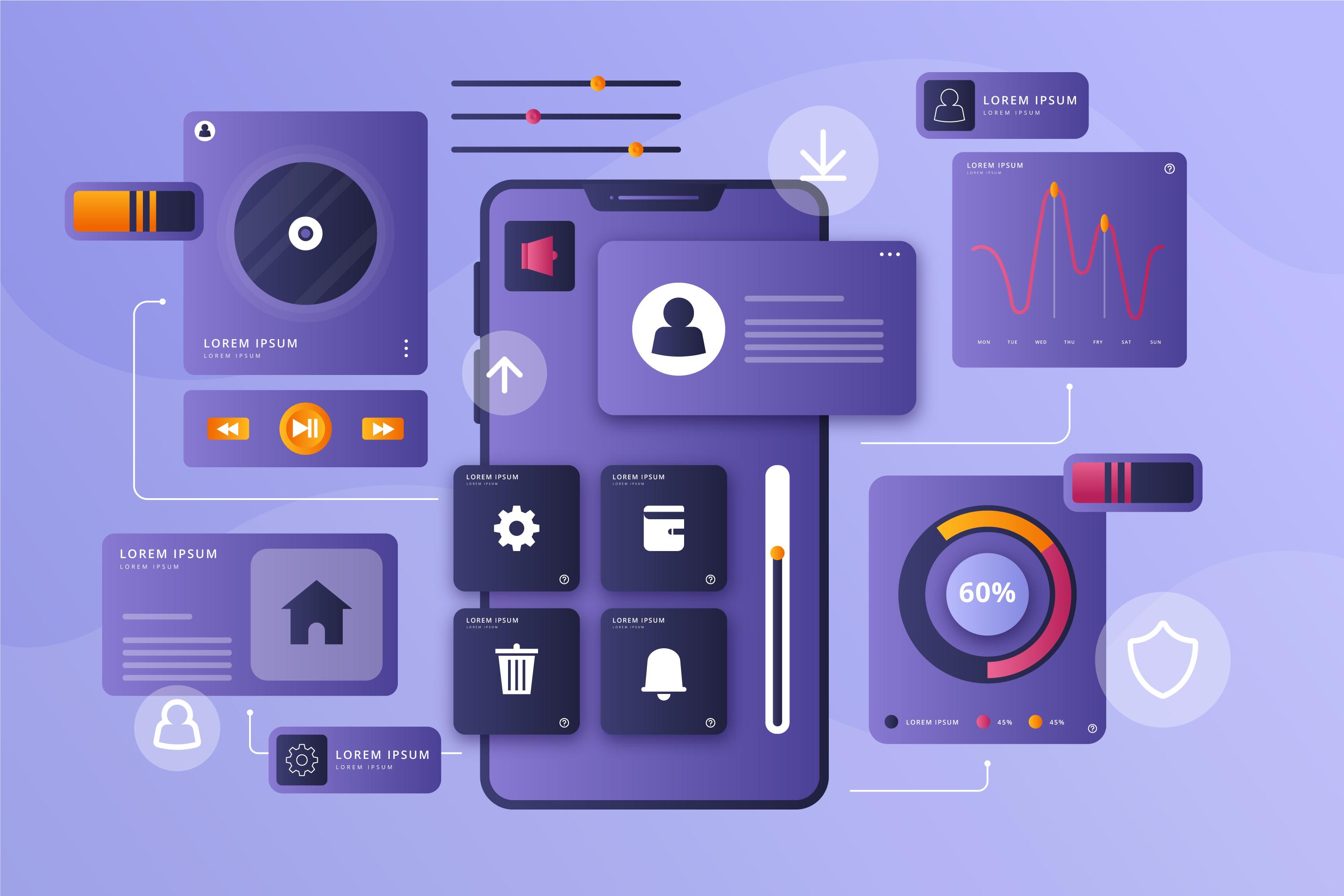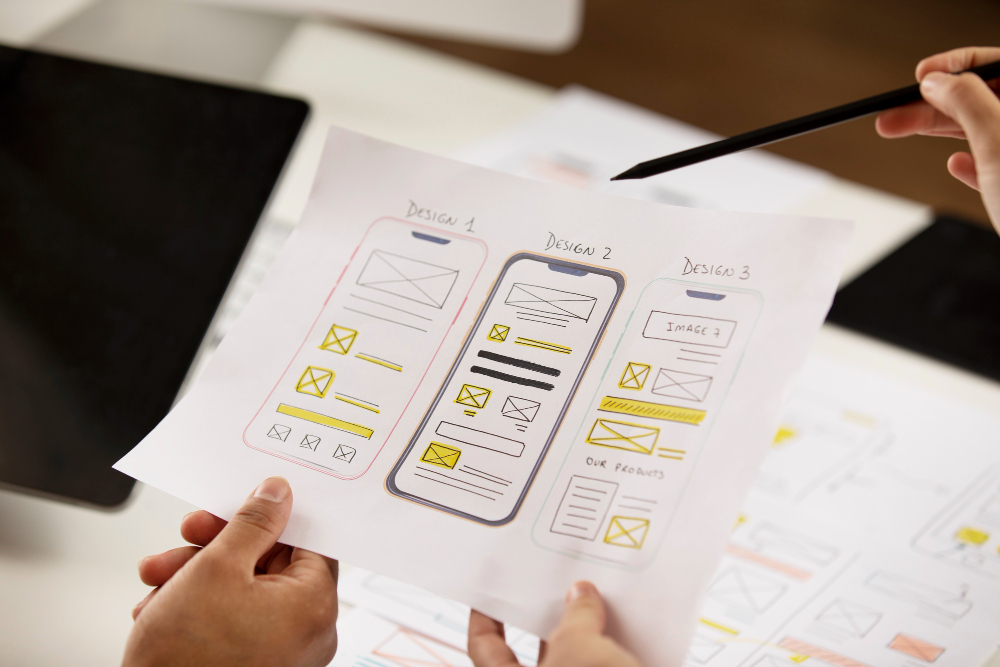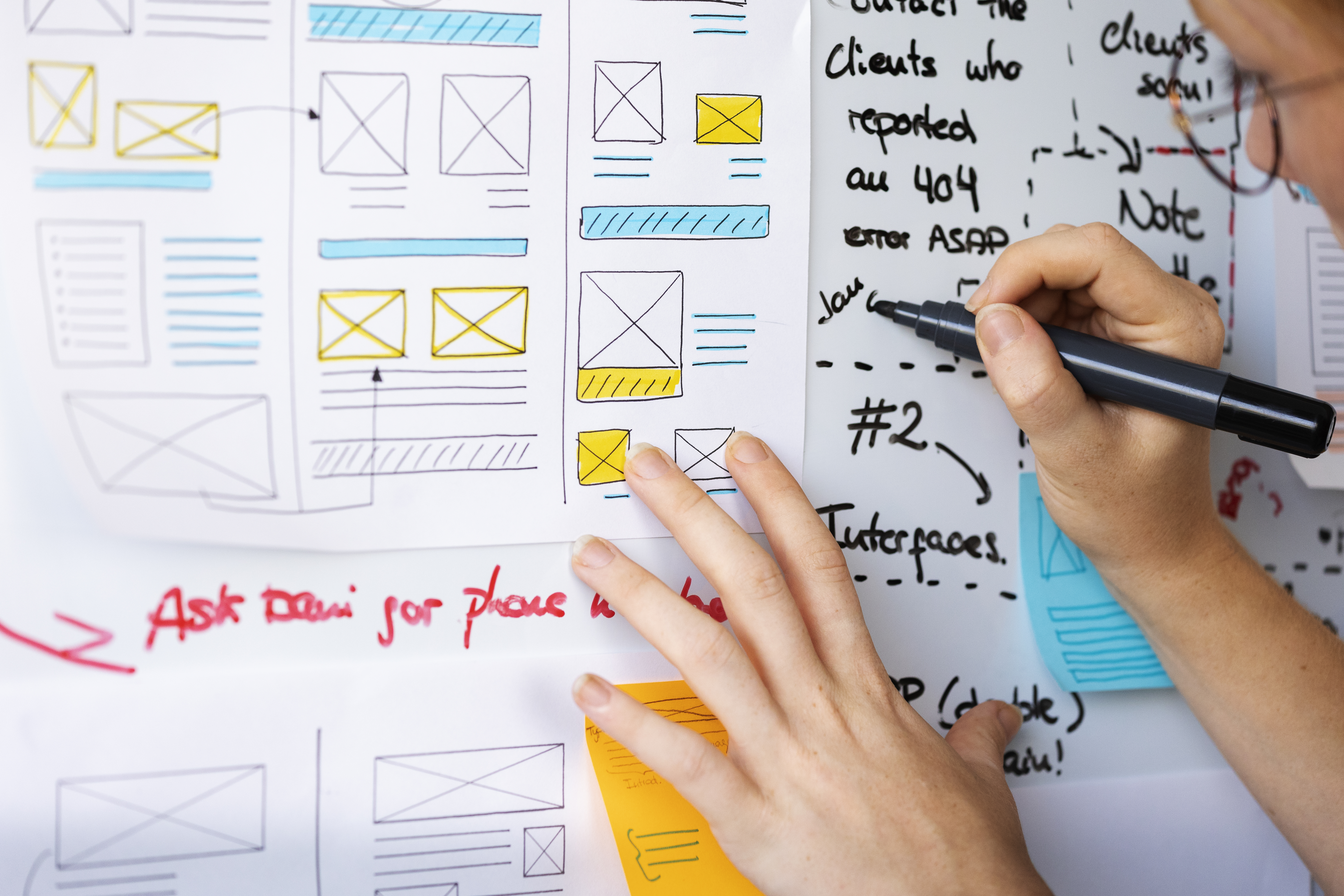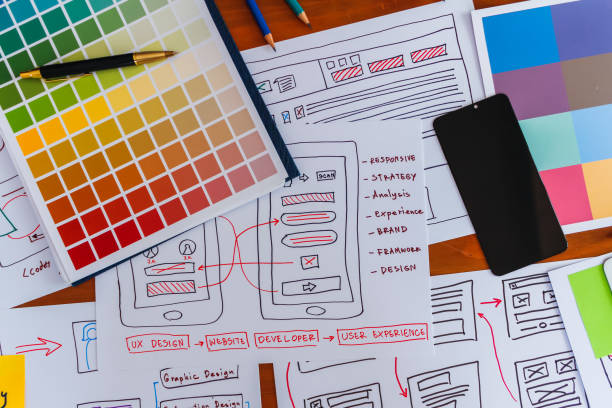
“Universal Design: Creating a World That Welcomes Everyone”
Universal Design is a design approach that aims to create environments, products, and services that accommodate everyone, regardless of their physical, mental, or cultural capabilities. This term emerged in the 1970s, coined by architect Ronald Mace, who believed in embedding inclusivity in design to promote social equity and empower individuals to interact freely with their surroundings.
Concepts and Principles
Universal design is not about retrofitting traditional designs to make them accessible for people with disabilities. Instead, it is a creative process that starts from the ground up, intending to craft solutions that cater to the widest range of users without requiring additional modifications. The seven principles of Universal Design are:
- Equitable Use: The product or environment should be usable by everyone without discrimination.
- Flexibility in Use: The design should provide options to accommodate diverse user needs.
- Simple and Intuitive Use: Use of the design is easy to understand, regardless of the user’s experience, knowledge, language skills, or current concentration level.
- Perceptible Information: The design communicates necessary information effectively to the user, regardless of ambient conditions or the user’s sensory abilities.
- Tolerance for Error: The design should minimize risks and negative consequences of accidental actions.
- Low Physical Effort: The design should be usable with minimal effort.
- Size and Space for Approach and Use: The design should provide appropriate space for approach and use.
Examples
1. Architectural Design:
Wheelchair ramps are a classic example of universal design, but they extend further to include features like wide doorways, automatic doors, and elevators with accessible controls.
2. Digital Technology:
- Simple User Interfaces: Apps with straightforward designs, like digital payment platforms, guide users step-by-step.
- Screen Readers: Built into modern operating systems, these tools assist visually impaired individuals in interacting with devices.
- Voice Typing: This feature allows users with difficulty typing to convert their spoken words into text.
- Color Accessibility Modes: Photo editing or design apps offering high-contrast or colorblind-friendly settings.
- Accessible Gaming: Video games that include customizable controls for users with limited motor skills.
- Gesture Recognition: Devices supporting gesture-based control instead of touch screens aid users with mobility challenges.
3. Everyday Products:
Ergonomic pens that reduce strain during writing are an example of universal design, catering to users of all ages.
Challenges and Applications
Despite its importance, implementing universal design faces challenges related to cost, education, and awareness. For instance, designing a universally accessible product might require additional time and resources, making it less appealing to businesses aiming for quick profits. However, research shows that investing in universal design results in more successful products in the long term due to a broader user base.
What is universal design in UI?
In universal design, the goal is to craft one thoughtful solution that embraces the diversity of its users. It’s about designing an experience that accommodates a wide range of needs and preferences, ensuring it feels inclusive and intuitive for as many people as possible. This approach goes beyond functionality—it weaves together insights about users’ physical and cognitive abilities, age, gender, race, and cultural backgrounds to create a single, unified experience that truly connects with everyone.
Impact of Universal Design
- Empowering Individuals: Universal Design provides people with disabilities independence and dignity.
- Boosting the Economy: Inclusive products and services attract a larger audience, enhancing profitability.
- Fostering Social Equity: Universal Design reduces discrimination, creating a sense of belonging for all.



